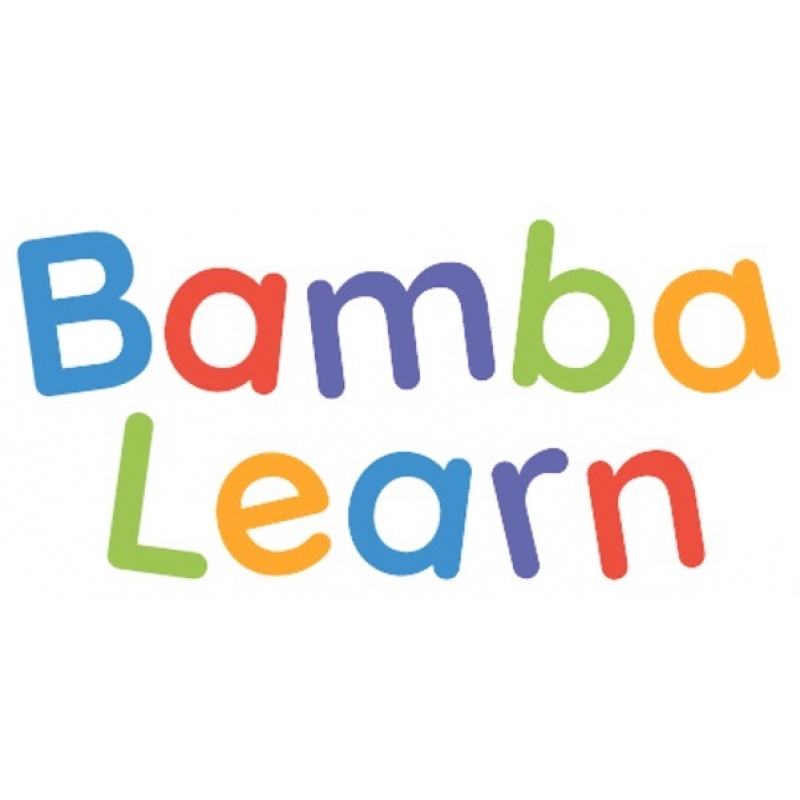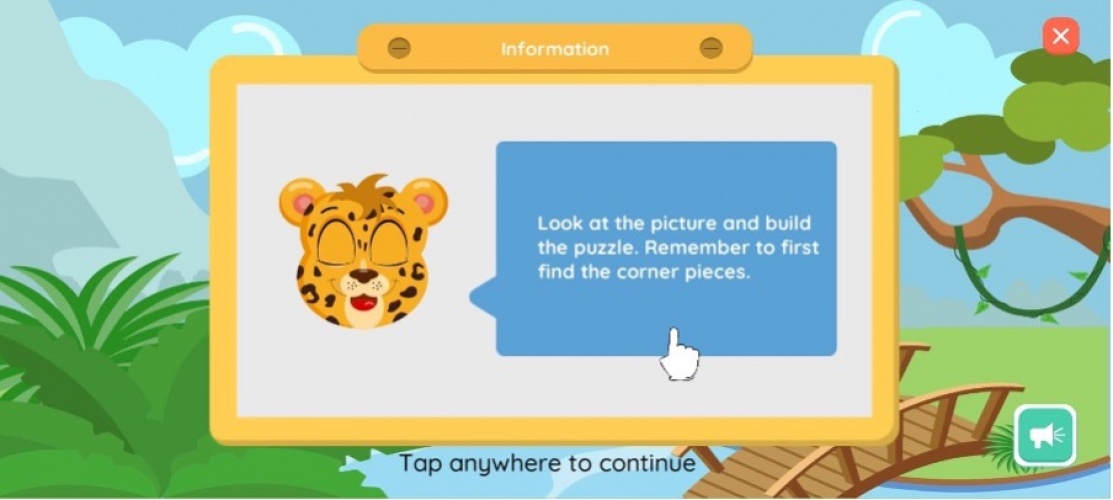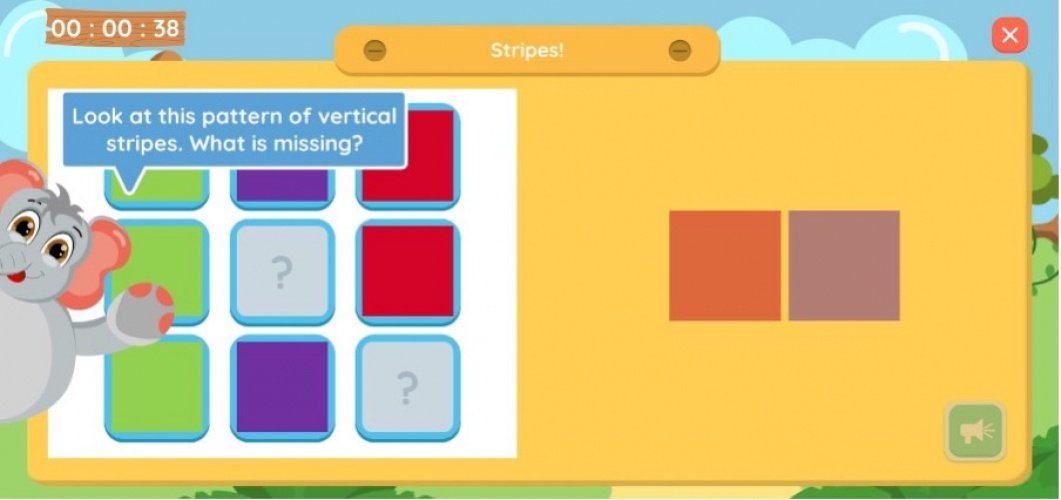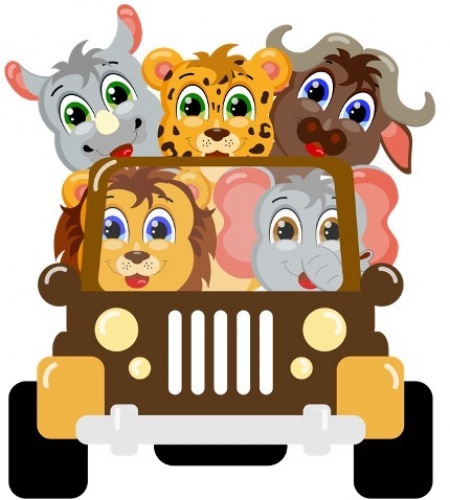Children's curiosity and interest in languages, texts and cultures is reinforced.
Children are encouraged to read and write in a playful manner.
Children are encouraged to communicate with other children and adults in different situations.
Rhymes, songs, naming objects, and reading and telling stories are used to support language development.
Children's capacity to understand, observe and conceptualize their surroundings is developed.
Children's interest is directed to historical events and to building a good future.
Children become acquainted with different world views and belief systems and related traditions.
Children get to know different media forms and practice media production in a playful, safe environment.
Developing children's bodily knowledge and management as well as basic motor skills.
Supporting healthy and varied eating habits.
A positive attitude towards food and eating is encouraged.
Children's abilities to take care of their health and personal hygiene are supported.
Children are encouraged to enjoy the outdoors and exercise during all seasons.
Developing the children's mathematical thinking and supporting positive attitude towards mathematics.
Children's relationship with nature and responsible activities in the environment are strengthened.
Children are encouraged to ask questions.
Children are encouraged to exploratory and experimental ways of working.
Children become acquainted with ICT equipment and technical solutions.
Practicing creative problem solving and design skills
Children can experiment with different tools and materials of visual expression
Children's relationship with the visual arts, other visual culture and cultural heritage is developed.
Children's interest in music is reinforced.
Children are encouraged to express themselves both verbally and physically.
Children are encouraged to use their imagination and express emotions and thoughts evoked by music.
Children practice their visual thinking, perception and interpretation of images.
Solve and explain solutions to word problems in context (story sums) that involve equal sharing, grouping with whole numbers up to 10 and answers that may include remainders.
Solve word problems (story sums) in context and explain own solution to problems involving addition and subtraction with answers up to 10.
Use the following techniques up to 10: concrete apparatus e.g. counters; physical number ladder
Develop an awareness of ordinal numbers e.g. first, second, third up to sixth and last
Order more than two given collections of objects from smallest to greatest up to 10
Compare which of two given collection of objects is big, small, smaller than, greater than, more than, less than, equal to, most, least, fewer up 10.
Describe whole numbers up to 10
Recognise, identify and read number names 1 to 10
Recognise, identify and read number symbols 1 to 10
Use number rhymes and songs
Count forwards and backwards in ones from 1 to 10;
Estimate and count to at least 10 everyday objects reliably.
Makes links to own experience when reading with the teacher
Recognises own name and names of some other children in the class [in writing]
Recognises aurally and visually some initial consonants and vowels especially at the beginning of a word
Acts out parts of a story, song or rhyme
Recognises and points out common objects in pictures
Begins to recognise that words are made up of sounds, e.g. the beginning letter(s) of their names
Answers questions based on the story read
Draws pictures capturing main idea of the stories
Participates in discussions and asks questions
Matches and sorts things according to shape, colour etc
Talks about pictures in posters, theme charts, books etc
Sings simple songs and does action rhymes
Names and points to parts of the body
Listens to and recalls simple word sequences in order (e.g. big, beg, bag)
Listens to and repeats rhythmic patterns, and copies correctly
Listens and responds to simple questions
Listens to stories and acts these out
Solve verbally stated addition and subtraction problems with solutions up to 10







User reviews for Africa Tikkun Bambanani
You need to log in to post a review.